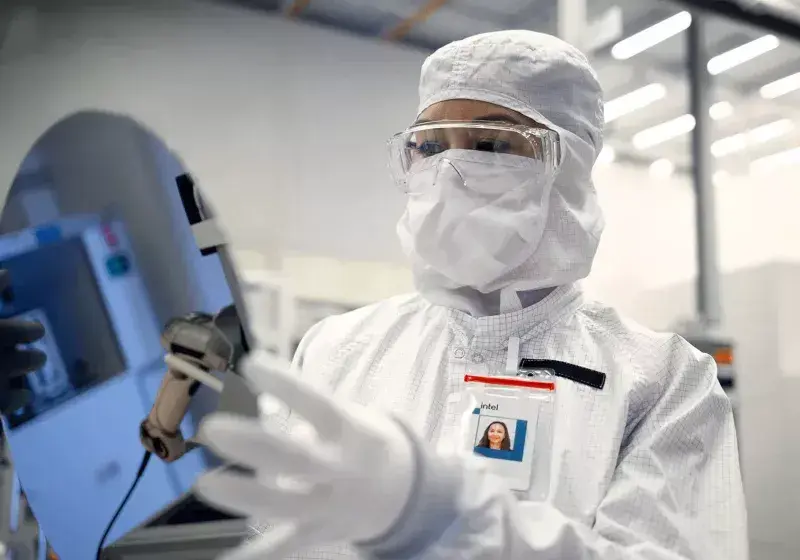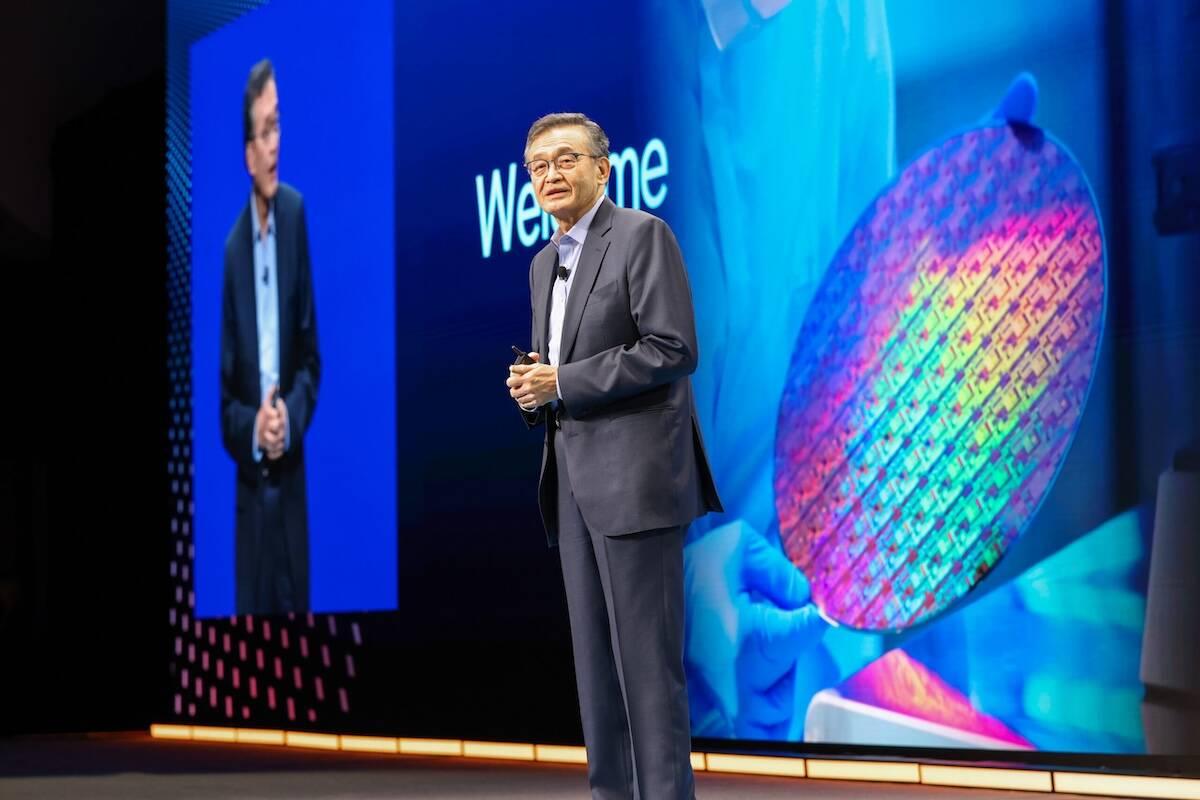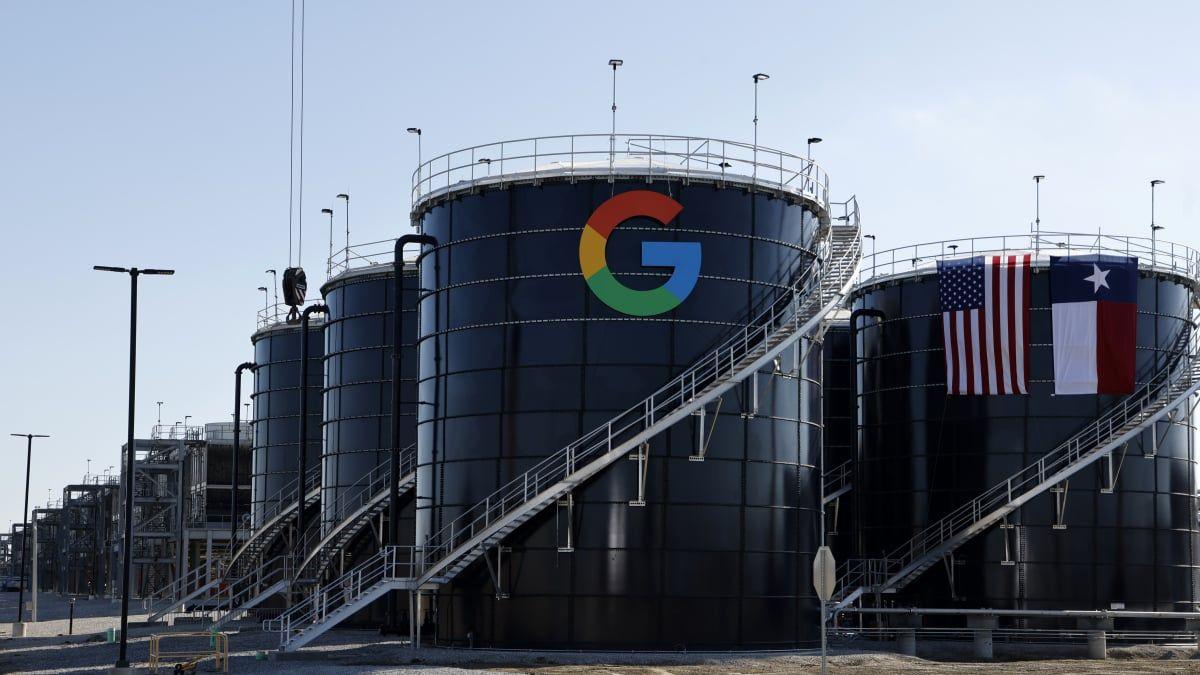Microsoft Taps Intel's 18A Process for Next-Gen AI Accelerator
2 Sources
2 Sources
[1]
Intel has secured Microsoft as a major foundry client for its 18A process, sources say
Serving tech enthusiasts for over 25 years. TechSpot means tech analysis and advice you can trust. In a nutshell: Intel has been struggling to establish a competitive chip foundry business for years. Now, industry sources indicate the US corporation is set to manufacture the next few generations of AI accelerators to support Microsoft's massive data center expansion, highlighting Intel's renewed push to capture a larger share of the growing AI hardware market. According to a recent report from SemiAccurate, Microsoft has chosen Intel Foundry to manufacture its Maia 3 AI chip. The machine learning accelerator, code-named Griffin, is expected to play a major role in Redmond's plans to develop new generations of self-sustaining data centers. Maia 3 is an upgrade to Microsoft's earlier Maia projects, which the company continues to present as a potential alternative to third-party AI chips. In a recent interview, Chief Technology Officer Kevin Scott confirmed that Redmond is developing its next AI chips even as most of its current AI cloud workloads still rely on Nvidia's GPU technology. If the Maia 3 project goes as planned, rumors suggest that Microsoft could continue using Intel's foundry to manufacture the next few generations of the AI chip. Maia 3 production would rely on Intel's 18A process, which provides some interesting food for thought if previous reports are accurate. Chipzilla was reportedly facing significant setbacks with its process node only a few months ago. Manufacturing issues such as low yields and poor quality threatened to derail Intel's earlier expectations. Now, the company is introducing 18A as a process ready for customer projects and the first advanced sub-2-nanometer manufacturing node available in North America. The Maia 3 chip could use Intel's 18A or even its 18A-P node. The second-generation 18A process is designed to improve both performance and power efficiency, with specific optimizations for threshold voltage and leakage. Microsoft's next-generation Maia chips could employ even more advanced nodes such as 18A-PT or 14A. Intel specifically designed the 18A-PT node for customers in the artificial intelligence and high-performance computing sectors. Building on the performance and power efficiency gains achieved with 18A, the new process offers greater package scalability and integration capabilities to further enhance generative AI workloads and chatbot performance. The number of rumors and manufacturing deals related to Intel Foundry is starting to resemble a financial roller coaster, but Microsoft's alleged Maia 3 plans should be taken with a grain of salt. Earlier this month, industry insiders claimed that Intel could begin manufacturing x86 chips for AMD. Meanwhile, the company's plans for its upcoming PC client CPUs appear to be proceeding as expected.
[2]
Microsoft to reportedly use Intel Foundry and 18A for its next-gen Maia AI accelerator
TL;DR: Intel's advanced 18A semiconductor process, produced at its Arizona Fab 52, is set for use in upcoming Panther Lake and Clearwater Forest chips. Microsoft plans to utilize this technology for its Maia 3 AI accelerator, highlighting Intel Foundry's growing role in high-performance chip manufacturing alongside partners like NVIDIA and ARM. Intel's 18A process or node, created in-house at its US-based Fab 52 semiconductor facility or Intel Foundry in Arizona, is set to be used in the company's upcoming Panther Lake and Clearwater Forest chips. The production-ready technology and Foundry are open for business, and Intel is looking to partner with big tech to manufacture new chips and technologies using the 18A or 18A-P process. One of these new customers, according to a report over at SemiAccurate (via TechPowerUp), is Microsoft. The company is apparently planning to use Intel's 18A process for its next-gen Maia 3 accelerator for AI, codenamed "Griffin." And with that, depending on the yields and success of its latest AI hardware, Microsoft could also tap future Intel process technology like 18A-PT and 14A for future Maia accelerators. Microsoft expressing interest in leveraging Intel technology for its AI accelerators isn't new. Microsoft CEO Satya Nadella released a statement about Microsoft's plans to use 18A for an undisclosed chip when Intel announced its Foundry roadmap in early 2024. "We are in the midst of a very exciting platform shift that will fundamentally transform productivity for every individual organization and the entire industry," Nadella said at the time. "To achieve this vision, we need a reliable supply of the most advanced, high-performance, and high-quality semiconductors. That's why we are so excited to work with Intel Foundry, and why we have chosen a chip design that we plan to produce on Intel 18A process." For 18A to succeed and Intel Foundry to become a notable and viable option in the chip market, Intel needs customers like Microsoft to make it happen. Other notable customers and partners for Intel's next-gen chip technology include NVIDIA, Broadcom, and ARM. As for Microsoft's Maia 3 accelerator, details remain scarce. The report indicates that the company could opt for the more advanced 18A-P process with RibbonFET and PowerVia technologies, which enhance both performance and efficiency.
Share
Share
Copy Link
Microsoft is reportedly planning to use Intel Foundry's advanced 18A semiconductor process for its next-generation Maia 3 AI accelerator. This move highlights Intel's growing role in high-performance chip manufacturing and its push into the AI hardware market.

Intel's 18A Process Attracts Major Tech Players
Intel's advanced 18A semiconductor process, developed at its Arizona Fab 52 facility, is gaining traction among tech giants. Microsoft, in particular, is reportedly planning to leverage this cutting-edge technology for its next-generation Maia 3 AI accelerator, codenamed "Griffin"
1
2
.Microsoft's AI Ambitions
The Maia 3 project represents a significant upgrade to Microsoft's earlier Maia initiatives, which the company has been developing as potential alternatives to third-party AI chips. While most of Microsoft's current AI cloud workloads still rely on Nvidia's GPU technology, the company is actively working on its own AI chip solutions
1
.Intel's 18A Process and Future Prospects
Intel's 18A process is being introduced as the first advanced sub-2-nanometer manufacturing node available in North America. The company offers variations of this technology, including 18A-P and 18A-PT, which are specifically designed to enhance performance and power efficiency for AI and high-performance computing applications
1
.Expanding Client Base for Intel Foundry
Intel's efforts to establish a competitive chip foundry business are gaining momentum. In addition to Microsoft, the company has secured partnerships with other major tech players such as NVIDIA, Broadcom, and ARM. This growing client base is crucial for the success of Intel Foundry and its 18A technology in the chip market
2
.Microsoft's Commitment to Advanced Semiconductors
Microsoft CEO Satya Nadella has expressed the company's commitment to leveraging advanced semiconductor technology for its AI initiatives. In a statement earlier this year, Nadella emphasized the importance of a reliable supply of high-performance and high-quality semiconductors in achieving Microsoft's vision for transforming productivity across industries
2
.Related Stories
Future Prospects and Challenges
If the Maia 3 project proves successful, there are indications that Microsoft may continue to use Intel's foundry for future generations of its AI chips. This could potentially involve even more advanced nodes such as 18A-PT or 14A. However, it's worth noting that Intel has faced some setbacks in its process node development, including issues with low yields and poor quality
1
.Implications for the AI Hardware Market
This collaboration between Microsoft and Intel signifies a significant shift in the AI hardware landscape. As tech giants increasingly develop their own AI accelerators, the competition in this sector is likely to intensify. Intel's ability to secure major clients like Microsoft for its foundry services could potentially challenge the dominance of established players in the AI chip market
1
2
.References
Summarized by
Navi
Related Stories
Intel's 18A Chip Process Achieves Key Milestones, Set for 2025 Production
07 Aug 2024

Intel Unveils AI-Focused 18A Process Node Variants and Foundry Roadmap
30 Apr 2025•Technology

Intel Considers Abandoning 18A Chip Process, Shifting Focus to 14A in Bid to Win Major Customers
03 Jul 2025•Business and Economy

Recent Highlights
1
Google launches Gemini 3 Flash as default AI model, delivering speed with Pro-grade reasoning
Technology

2
OpenAI launches GPT Image 1.5 as AI image generator war with Google intensifies
Technology

3
OpenAI launches ChatGPT app store, opening doors for third-party developers to build AI-powered apps
Technology





